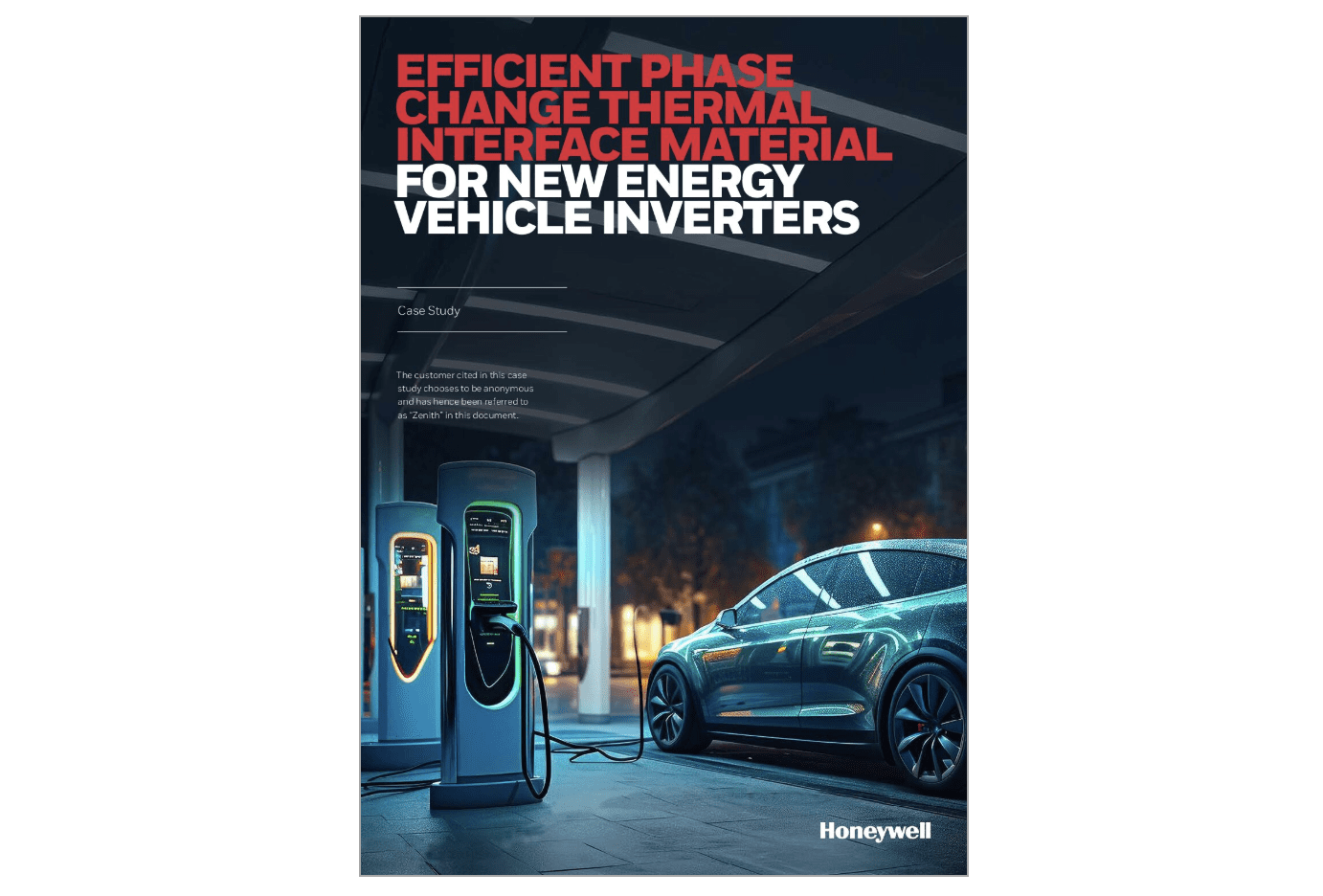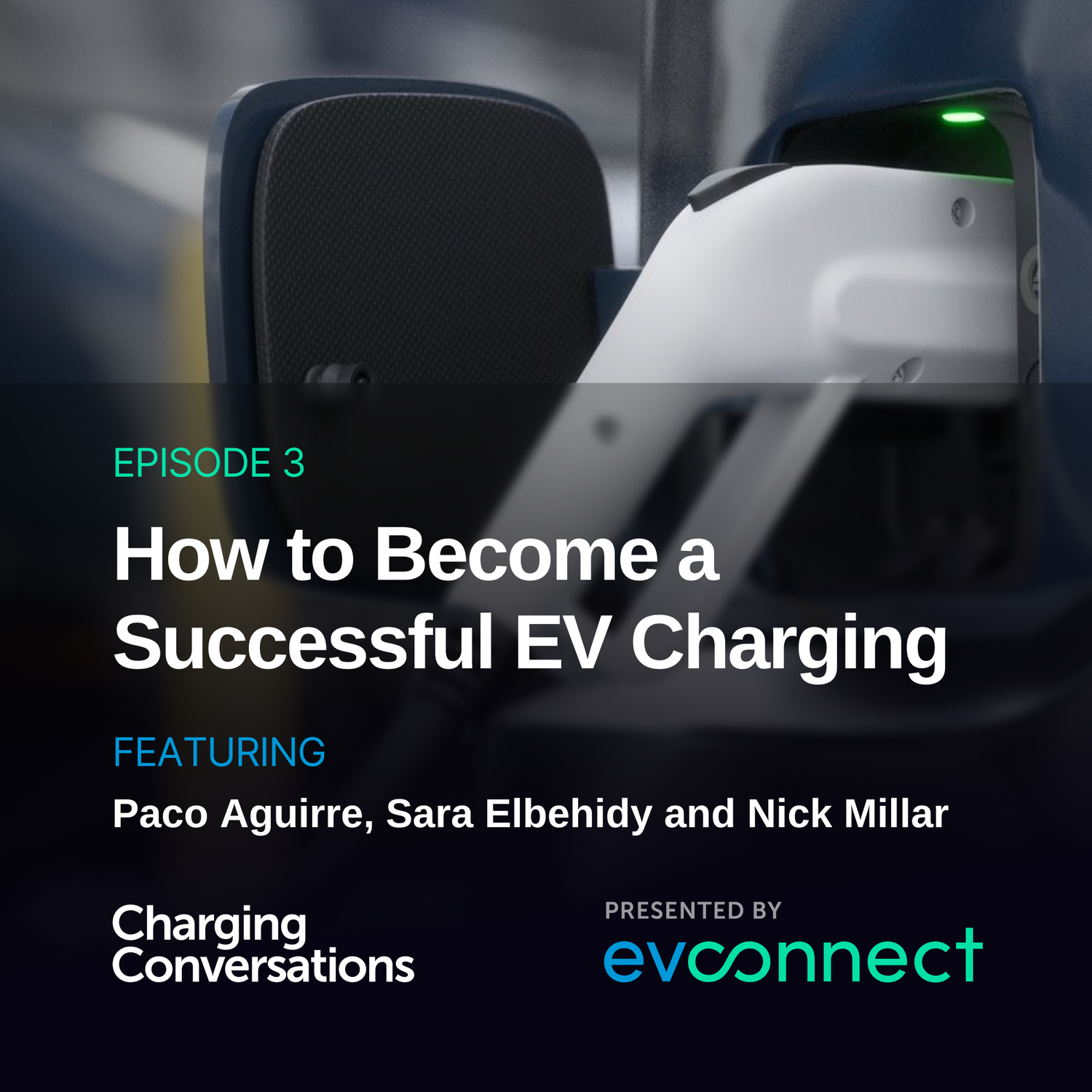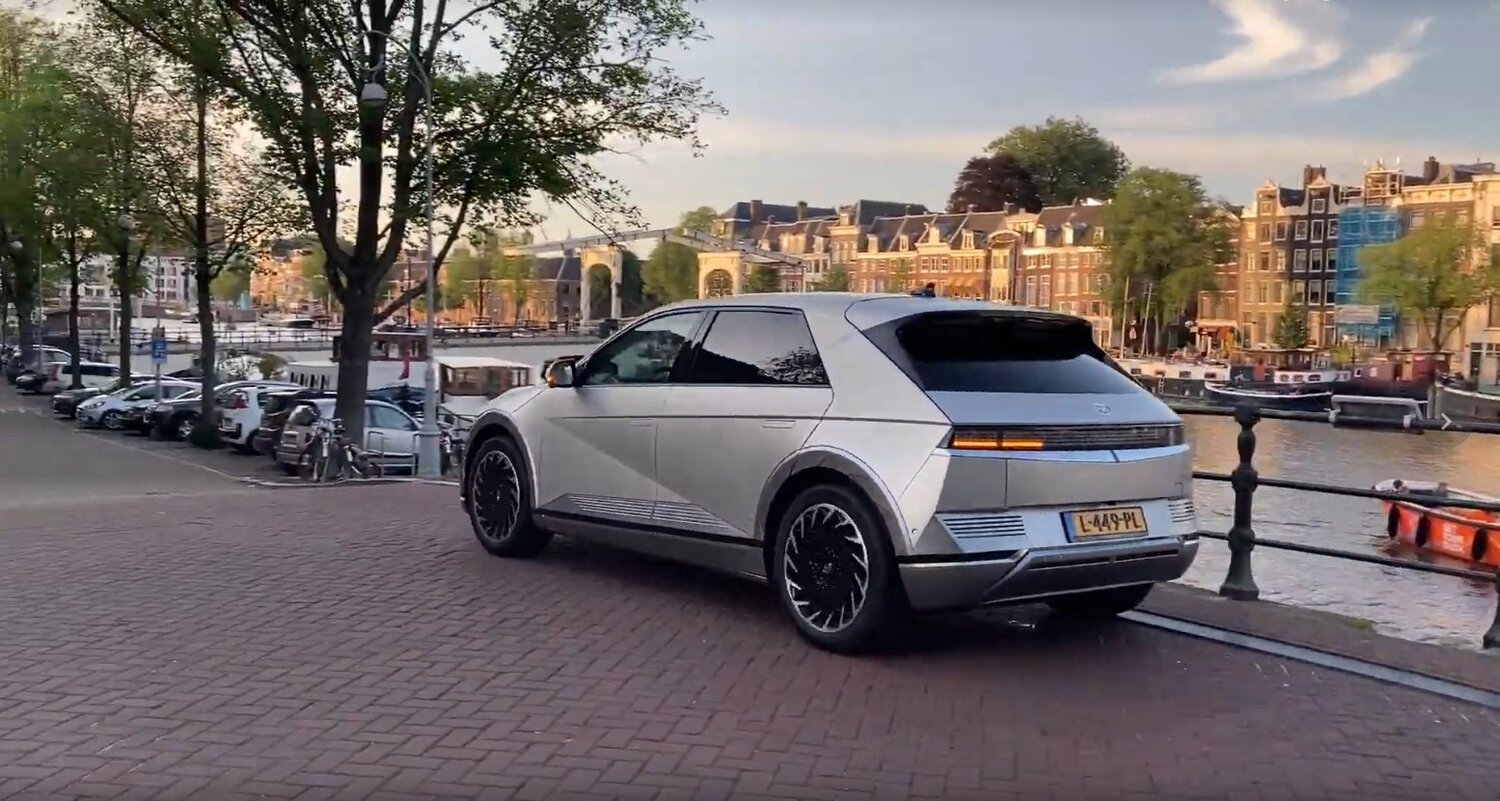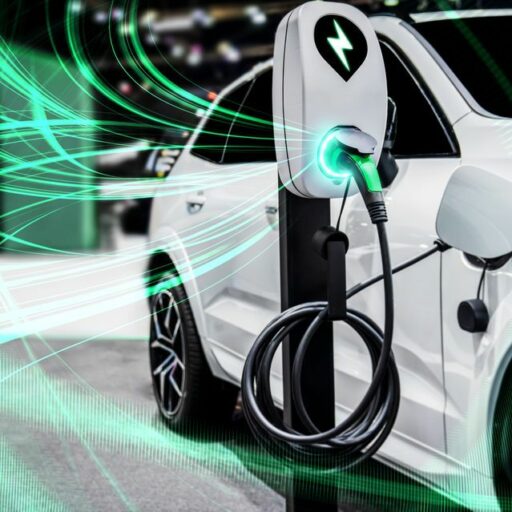The 20th century began a new chapter in car making. Electric cars then had a quiet promise. Baker Motor Vehicle Company started in 1899 in Cleveland, Ohio. The company grew from small work to national fame. Its electric cars mixed smart design with a touch of luxury.
The Start of Baker Electric Cars
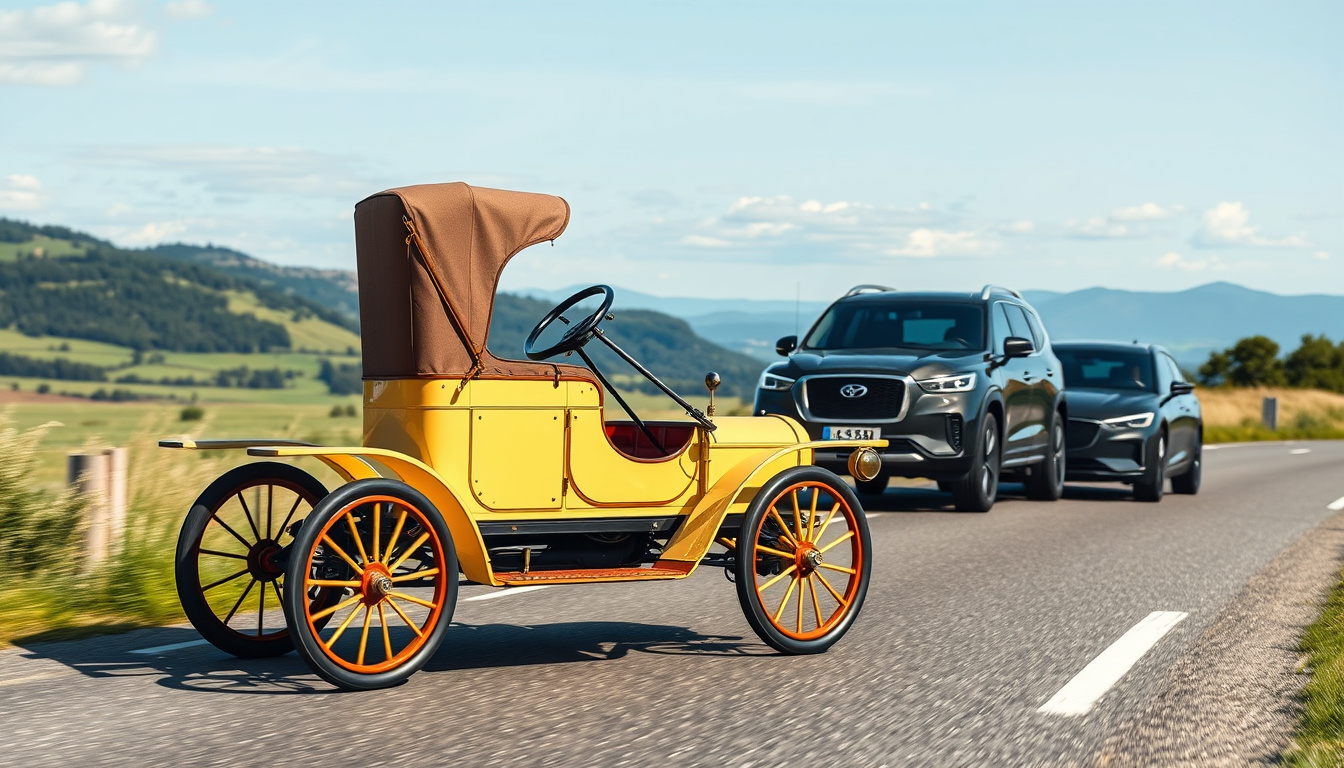
Walter Baker, an engineer from the Midwest, worked at the American Ball Bearing Company. He saw limits in gasoline and steam cars. He trusted in electric power. Baker Motor Vehicle Company began in 1899. It built quiet cars that were easy to run. Wealthy buyers liked them because the cars were simple to start and keep, especially for women.
The first model was the two-seat Imperial Runabout. It showed at New York’s first auto show. The car cost $850. Many people soon took notice. Thomas Edison, a well-known inventor, bought one. He also made nickel-iron batteries that powered some vehicles. His work gave the cars lasting strength.
Unique Traits and Growth
Baker cars earned praise for sound work and neat design. The company made several models. It built small two-seaters, fancy limousines, and even trucks. In 1906, the set included seventeen types. Models ranged from the small Stanhope to the graceful Inside Drive Coupe. Prices went from about $1,600 to $4,000. Baker cars ran quietly and kept the air clean. They were simple to drive. Their controls stayed smooth, and they used soft bells instead of loud horns. Well-known buyers, including a king from Siam, chose Baker cars. The royal car came with special trim in ivory and gold. The White House also added a Baker Electric car. First Ladies Helen Taft and Edith Wilson drove it.
Speed and Safety Efforts
Walter Baker wished to prove electric cars could go fast. In 1902, he built the ‘Torpedo’. This racing car was low and sleek. Its mid-mounted electric motor and heavy batteries allowed speeds over 60 mph.
A speed test in Staten Island did not go as planned. The Torpedo lost control. Some onlookers got hurt, and some died. Baker did not get injured because he had added seat belts. The accident made people wary of road races and questioned the safety of electric cars. Still, Baker worked on better motors and batteries.
Difficult Times and Decline
Baker Motor Vehicle Company and similar electric car makers met hard trials. Early batteries did not let the cars travel far. There were few spots to charge them. Baker once planned a grid of charging stations near Cleveland, but money was short.
At the same time, gasoline cars grew in popularity. Henry Ford released a low-cost Model T in 1908. Mass production cut its price. In 1912, Cadillac introduced an electric starter. This change fixed the old problem of hand cranks in gasoline cars.
These events pushed electric car sales down fast. By 1913, Detroit Electric sold more cars than Baker. In 1914, Baker merged with Rauch and Lang. They became Baker, Rauch & Lang. The company made some electric trucks and special cars, but it stopped passenger car work in 1916. Walter Baker stayed known in auto circles until he died in 1955. Yet the day of early electric cars had passed.
Legacy and Today’s Thoughts
Baker Electric cars show early ideas in electric driving. They mixed quiet rides and easy control. Car buyers of that time liked the smart design. The company made longer-lasting batteries and added seat belts. These moves pointed to a future for electric cars.
Baker had ideas that still matter. His work brought up questions like battery life and where to charge them. Today, makers of electric cars work on these same points.
The spirit of Baker Motor Vehicle Company in 1900 changed transportation and still sparks new ideas in electric car work. The quiet drive of a Baker Electric car over 100 years ago lives on in modern electric vehicles.
———————————————————
Voltsandvolts.com is a blog dedicated to electric vehicles (EVs). Our blog features articles on EV reviews, stories, tips, tricks, charging infrastructure, and battery technology. Join the conversation and become part of the Voltsandvolts.com community today!



